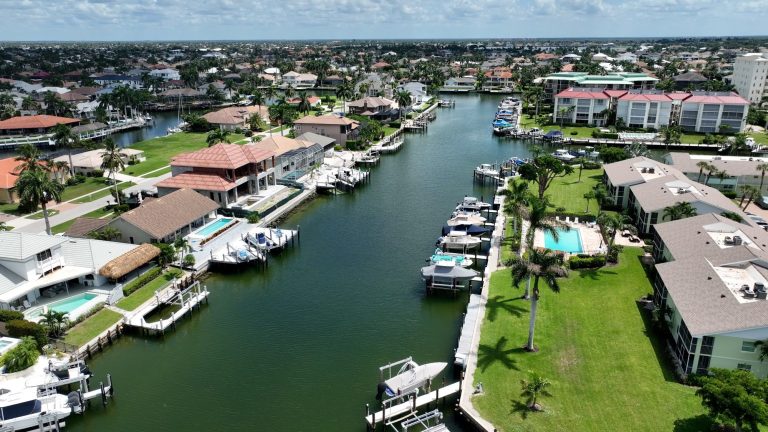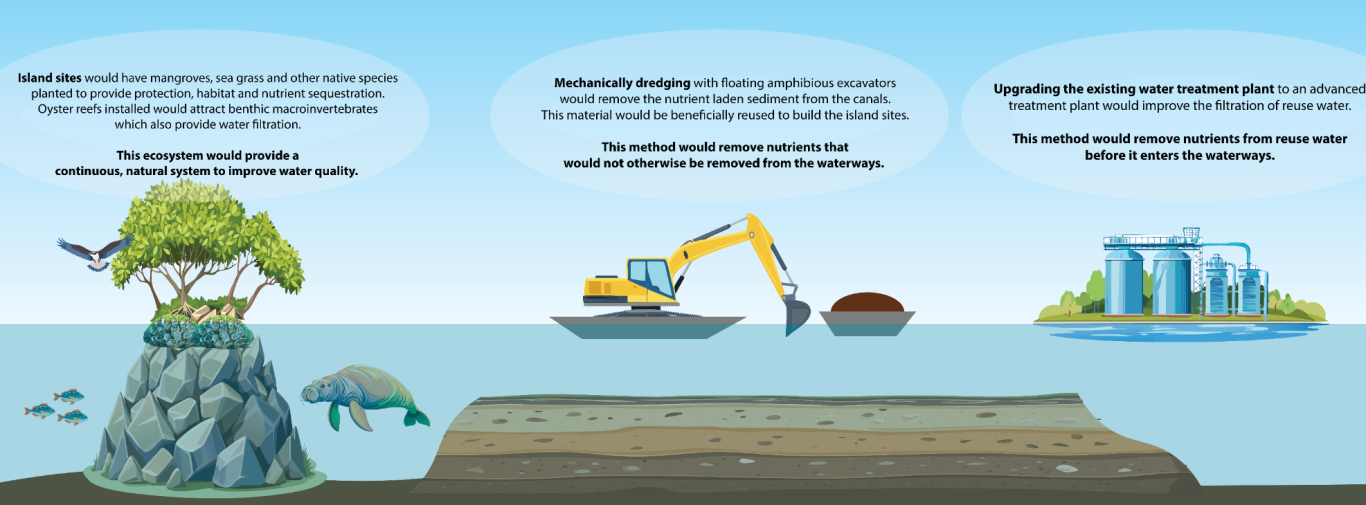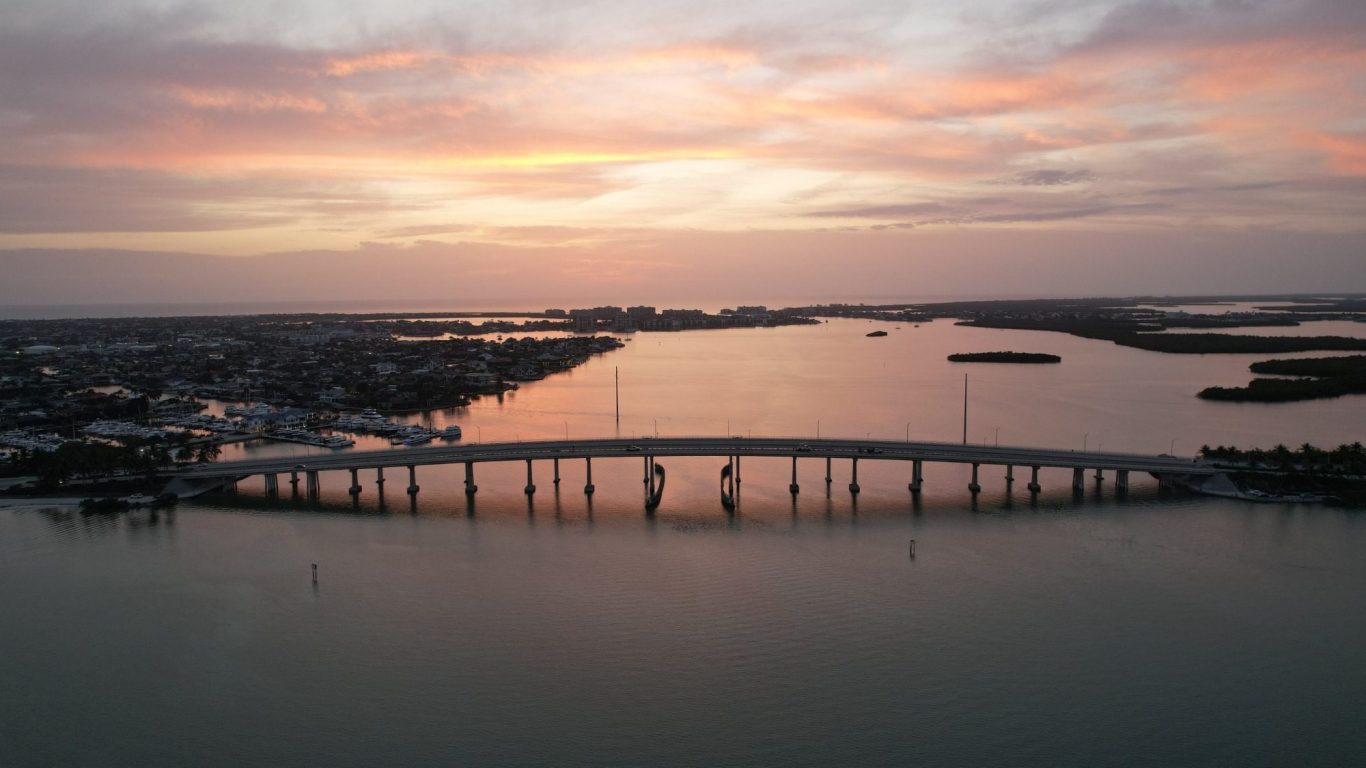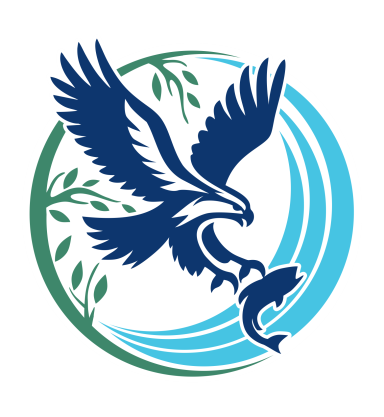How We All Can Support Improving Water Quality
Marco Island, renowned for its pristine waters and vibrant marine life, has long faced challenges with water quality in its inland canals. The accumulation of nutrient-rich sediment over the last 70 years has led to diminished water quality and aquatic health.
Canal Maintenance Along the Coast
Inland canals are a utility for communities all over the world by providing a space for stormwater discharge and access to homes. Like any utility, they require maintenance in order to continue to function properly. Marco Islands’ canal system was built in the 1950s and has yet to be maintenance dredged, which has contributed to canal sediment being the highest contributor to nutrient loading and degraded water quality (ERD 2021).
Other coastal cities in Florida have undertaken canal maintenance projects to enhance water quality and navigability. For instance, Cape Coral, Florida, with its extensive canal system, has invested in dredging to maintain navigable waterways. In 2012, the City contracted to remove over 50,000 cubic yards of sediment from 55 canals to improve their water quality.

C-HAWQ Isn't Just Dredging
The key difference with the C-HAWQ method is procurement of funding. Maintenance dredge projects are not typically a fundable project for municipalities since they are required maintenance and are expected to be budgeted by the municipality themselves.
However, the C-HAWQ method advocates for the beneficial reuse of the material to create islands within the canals as opposed to moving the material off-site. This is an innovative and environmentally conscious strategy that creates an opportunity for funding at the state and federal level. For a municipality, this reduces or eliminates the financial burden making it more feasible for cities, creates a long-term natural filtration system, and habitat for wildlife, and improves storm resiliency.
The C-HAWQ Method

The Marco Island Coastal Habitat & Water Quality (C-HAWQ) Initiative proposes the removal of nutrient-laden sediment from Marco Island's canals, utilizing the dredged material to construct islands. These islands would be strategically placed in areas with poor water quality or shallow depths, serving as habitats for mangroves, seagrasses, and oyster reefs. Creating these habitats in the canals of Marco Island will create living filters and sponges to improve water quality into the future.
The project is being proposed as a public-private partnership (P3) between the City of Marco Island and Earthwerks Land Improvement & Development Corp. Upon approval, the project would span approximately two years for construction, followed by three years of monitoring and maintenance. The integration of these islands into the canal ecosystem aims to create a self-sustaining filtration system, continuously improving water quality and providing habitat for local wildlife.
Complementing the Macro Island Water Treatment Plant Upgrade
The C-HAWQ Initiative aligns seamlessly with efforts to upgrade Marco Island's water infrastructure. The proposed enhancements to the Macro Island Water Treatment Plant, particularly the transition to Advanced Water Treatment (AWT) processes, would improve the quality of treated effluent. AWT technologies, such as reverse osmosis and ultraviolet disinfection, can remove a broader spectrum of contaminants, ensuring higher-quality water is discharged into the environment.
By combining AWT-treated water with the natural filtration provided by the C-HAWQ islands, Marco Island can establish a robust, multi-tiered approach to water quality management. This integrated strategy would not only address current water quality issues but also enhance the resilience of the canal ecosystem against future challenges.

C-HAWQ as the Priority
Based on studies already completed for the city of Marco Island, they show that sediment release is the majority source of nitrogen loading in Marco's five waterways. The highly referenced MARCO ISLAND NUTRIENT SOURCE EVALUATION PROJECT prepared by Environmental Research & Design, Inc. (ERD) for Marco Island states:
Based upon the field monitoring and sediment incubation experiments conducted by ERD, it is apparent that the existing sediment accumulations contribute the most significant nitrogen loading to the waterways each year, and water quality within the waterways could be improved by reducing the observed internal nitrogen loadings. (ERD p226)
This is why the C-HAWQ team continues to advocate for prioritizing mechanically dredging sediment from canals.The C-HAWQ method would remove nutrient loading sediment and establish a continuous, natural water filtration system.
C-HAWQ's Commitment to Water Quality Improvement
The C-HAWQ team is fully supportive of initiatives aimed at enhancing Marco Island's water quality. We believe that the proposed dredging project, in conjunction with the other water quality initiatives, represents a holistic approach to environmental stewardship. By leveraging both technological advancements and natural processes, we can create a cleaner, healthier canal system for current and future generations.
For more information on the C-HAWQ Initiative, peruse our website c-hawq.com

Sources
Environmental Research & Design, Inc. (2021). Marco Island Nutrient Source Evaluation Project. https://core-docs.s3.us-east-1.amazonaws.com/documents/asset/uploaded_file/5359/COMI/5373802/Erd_Nutrient_Source_Evaluation_Report_25.54_MB.pdf
Gator Dredging. https://www.gatordredging.com/cape-coral.php
Jitthaisong, O., Dhanmanonda, P., Chunkao, K., & Teejuntuk, S. (2012). Water quality from Mangrove Forest: The king’s royally initiated Laem Phak Bia environmental research and development project, Phetchaburi Province, Thailand. Modern Applied Science, 6(8). https://doi.org/10.5539/mas.v6n8p1
We need your consent to load the translations
We use a third-party service to translate the website content that may collect data about your activity. Please review the details in the privacy policy and accept the service to view the translations.
